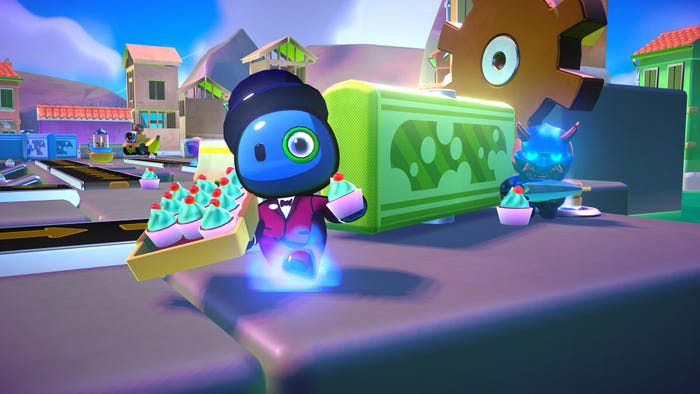Undertale developer Toby Fox shares the thinking that went into the much-praised and highly unusual battle system in his popular indie RPG.

Game Design Deep Dive is an ongoing Gamasutra series with the goal of shedding light on specific design features or mechanics within a video game, in order to show how seemingly simple, fundamental design decisions aren't really that simple at all.
Check out earlier installments on the music-reactive Paranormical, the heredity system of Hero Generations, and the traffic systems of Cities: Skylines.
Also, dig into our ever-growing Deep Dive archive for developer-minded features on everything from rocket jumping in Rocket League to the one-hit kills in Titan Souls.
Who: Toby Fox
Hi, my name is Toby Fox. I'm an indie game developer from the United States. I started Undertale, my RPG game, on a whim during a break from college classes in 2013. After working for a few months, I released a demo of the game's first area.
After seeing the demo's warm reception, I launched a Kickstarter campaign that Spring that earned $50,000 -- $45,000 more than its $5,000 goal. Using this, I continued work on the game until its release in September 2015.
What: Undertale's action-battles
I created the battle engine before I made any other aspect of the game. Everything came from that.

I have played so many RPGs that the basic motions (keep your party buffed and use the enemy's weakness) aren't fun to me now. To keep myself interested, I need to have something else.
That's where a interactive battle system comes in. You know, the kind pioneered by Super Mario RPG. But I wanted something more complex than pressing a button at a certain time. So -- inspired by Touhou and WarioWare -- I created a system of bite-sized bullet patterns.
Result: Fun, action-based JRPG battles
No matter what path you take through the game, I wanted it to be fun. I seem to (?) have generally succeeded. I'd like to think this is due to the variety allowed by the bullet-battle system.
Good or bad, you will be attacked by the enemy. And when they do, they'll have a couple different attacks.
Furthermore, when enemies attack together, their bullet patterns combine. So not only do individual enemies have a few tricks, but different enemy formations are special, too. Combination attacks solve another problem: Having to watch every enemy's battle animations. That can be a slog in older RPGs.
Meanwhile, the ACT & SPARE system was relegated to a simple menu. It often boils down to simple trial and error. I don't think this is as "fun" or "fair" as it could be... but I included a lot of funny text, so there's a big novelty payoff. Most people don't seem to mind.
In my opinion, one of the most important things about the battles isn't even in the system itself: The encounter rate.
Encounters are rarely repeated, and when I found them too repetitive, I created more foes. So not only is there a lot of novelty to be found in the battles, but it's hard for them to get old.
In normal RPGs, a lot of "fun" comes from "getting stronger." But I could not rely on that here, so keeping things fresh was REALLY important.
I think once you master a battle, you should be able to move on. Especially in a game with battles as stressful as Undertale's!
[Interested in learning more about Undertale's battle system? Read "How Undertale makes you think hard before killing monsters."]
About the Author(s)
You May Also Like








